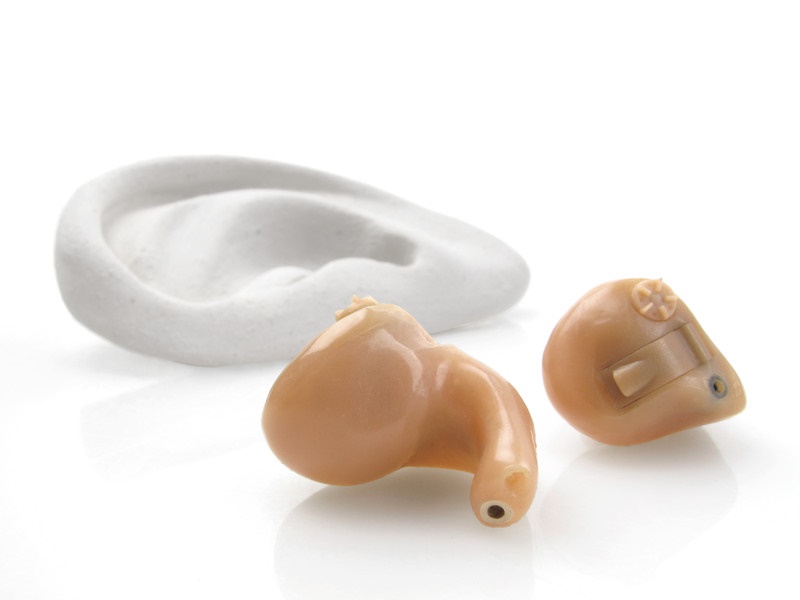
Are two hearing aids better than one?
If you’re hunting for the short answer, then yes, the majority of cases of hearing loss are ideally treated with two hearing aids.
If you want to know why, or are interested about why we have two ears in the first place, then continue reading.
The Advantages of Stereoscopic Vision
Let’s start with vision.
When we observe an image, each eye receives a slightly different version of that image. Our brains then calculate the differences between the two versions to create the perception of depth. This additional dimension of depth—in conjunction with height and width—makes it possible for us to experience the world in three dimensions.
If we had only one eye, our ability to perceive depth and distance would be greatly affected.
The benefits of Binaural Hearing (Hearing with Two Ears)
The same phenomenon applies to our ears and our hearing. Although we might not think about it, when we hear a sound, we can normally determine both its distance and its location, in addition to its volume.
Each ear receives a slightly different version of each sound, and those differences are interpreted by the brain in a way that indicates location and distance. This permits us to hear in three dimensions, so that we recognize how far away and which direction sound is originating from.
In addition to being able to assess depth, distance, and location, having two ears also heightens the quality of sound and expands the spectrum of sounds you can hear.
To verify the concept of sound quality, the next time you’re playing music in the car, shut off both left speakers and notice how unnatural it sounds.
The Advantages of Two Hearing Aids
If our eye doctor informs us that we have vision impairment in both eyes, we don’t seriously think about the benefits of getting fitted with one lens.
So when our hearing specialist tells us that we have hearing loss in both ears, why do we need to be persuaded to get fitted with two hearing aids?
As we’ve seen, our ears collaborate so that our brains can best understand the distance, location, volume, quality, and range of sound.
With the power to identify the precise location of sound from using two hearing aids, you’ll have the ability to:
- focus on speech during a discussion even with substantial background noise.
- identify specific voices among many.
- increase the range of sounds heard by up to four times.
- hear sounds without straining, which is less tiring.
- listen to sounds without the unnatural sensation of monaural hearing (hearing with one ear).
- Avoid the deterioration of hearing in the non-fitted ear.
That last point is important. If you have hearing loss in both ears but use only one hearing aid, your hearing in the non-fitted ear can become even worse as time passes. This will promptly restrict your ability to achieve all of the benefits just described.
If you think you have hearing loss, the first step is to arrange a hearing assessment with an experienced hearing specialist. Shortly after your hearing is tested, your hearing specialist will discuss the results with you in a chart known as an audiogram.
The audiogram will demonstrate if you have hearing loss in one or both ears, but the majority of cases of hearing loss are in both ears.
If this is the situation, your hearing specialist will probably suggest binaural hearing aids for both ears, and you’ll be given the opportunity to trial them before you buy—which is a great chance to test for yourself the difference two hearing aids will make.

